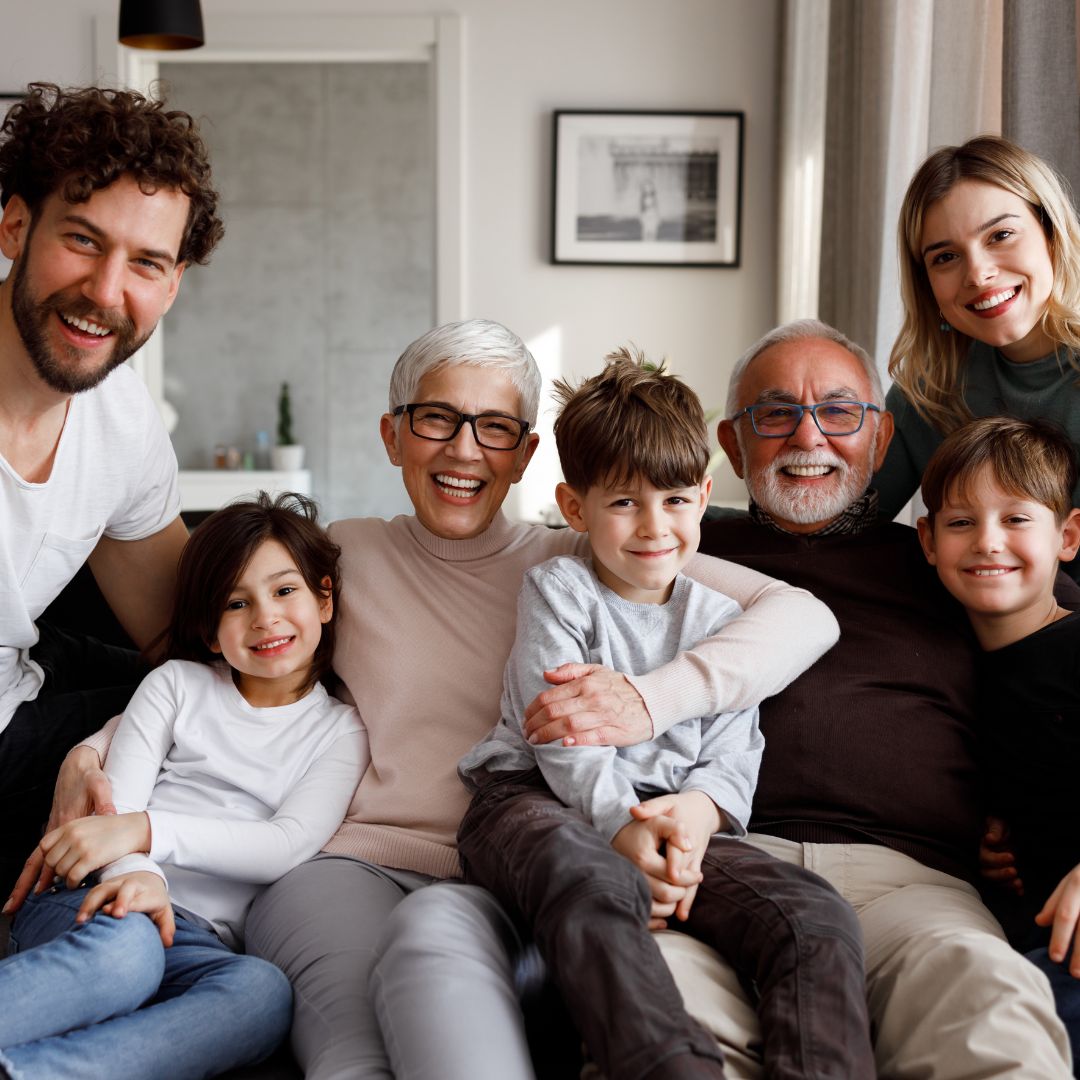
Who Adopts the Most?
At Your Law Firm, we often get asked about adoption.
A common question is, “Who adopts the most?”
The short answer is that studies show more men than women adopt.
To understand why, we need to look at factors like age, income, education, marital status, and even ethnicity.
For example, changes in society have made people more accepting of single fathers.
The rise in same-sex male couples adopting also plays a role in this trend.
These are just some ideas, and more research is needed to fully understand this pattern.
Let’s look closer.
Who Adopts the Most in Georgia?
In Georgia, like in other states, many people choose to adopt.
Those who adopt infants tend to have higher education levels, higher incomes, and are about 35 years old on average.
Almost half of the adopted children are non-Hispanic white, making this the most common race for adopted children. However, adoption isn’t just for one group.
Single parents, married couples, and same-sex couples all adopt in Georgia.
Interestingly, more men than women adopt.
Adoptive parents are usually over 30 and have been married at least once.
Even though 33% of Americans consider adoption, only 2% actually go through with it.
This shows there is a gap between considering adoption and actually adopting.
Which Religion Adopts the Most in Georgia?
There is not much data on the religions of adoptive parents in Georgia.
However, it is known that adoption happens across all religions.
People from many faiths, like Christianity, Judaism, Islam, Hinduism, Buddhism, and others, as well as those with no religion, adopt children.
While we don’t know which religion adopts the most in Georgia, many religious groups encourage adoption.
For example, some Christian groups see adoption as a way to show love and compassion, similar to how they believe God adopts people spiritually.
In Islam, formal adoption isn’t recognized, but the idea of “Kafala,” or sponsorship, encourages non-biological parents to care for children.
Final Thoughts
Adoption involves many different people, so it’s not always clear who adopts the most.
However, it’s clear that adoption involves many individuals and families from all walks of life, regardless of income, marital status, age, ethnicity, or religion.
What unites all adoptive parents is their desire to give children in need a loving home.
Every adoption story is unique, showcasing the shared commitment to creating a supportive environment for children.
Adoptive parents often overcome challenges and bureaucracy to ensure the well-being of their child.
This diversity in adoptive families enriches the fabric of society, creating new opportunities for connection and growth.
Ultimately, adoption represents hope and the power of compassion to transform lives.